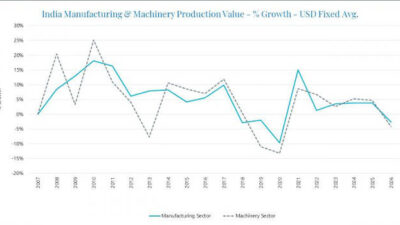Capital planning should be done annually and there are many aspects to consider when putting together a comprehensive plan.

Planning and management of the capital plan should occur in a regular, annual cycle. But first, let’s talk about capital plan management basics. There are various tools, processes and team players to understand before beginning the capital planning process:
- Capital request form – The form used to standardize the necessary information for each project so that the planning group can vet the project.
- Capital project drivers – Every company has different drivers, but the common drivers are typically growth, obsolescence, regulatory, strategic/alignment to goals and cost avoidance/reduction.
- Capital planning group – Group responsible for management, including vetting the list of proposed capital projects, prioritizing and reprioritizing the capital, seeking capital management committee approval and managing the ongoing changes.
- Capital management committee – The governance committee responsible for approving the group’s proposed funding and spending plan.
- Capital project approval process – This process is typically company specific and includes all approval requirements, stage gates, etc. to ensure cost, schedule and budget control and conformance.
- Minor versus major capital – Every company has its own unique delineation, but these usually entail different approval processes: Minor capital has fewer approvals, and major capital has more approvals.
- Operating (routine) capital versus new capital – A company may choose to have a bulk approval process for operating capital (a bunch of smaller lower dollar projects) and not require these projects to be individually approved.
- Finance – Has membership on both the capital planning group and the capital management committee and is the approver of capital funds.
- Management programs – There are a handful of management programs that can provide the management platform for your needs.
- Facility manager – Has the responsibility for capital plan management for the company or the company’s site.
- Business unit leaders – The leaders of the operating groups who sit on the capital management committee.
- Monthly variance report – Issued to gain actionable visibility of the plan and to keep management and stakeholders informed.
- Monthly capital expenditures report – Issued by the finance to keep members, management and stakeholders in the loop.
The list can go on and on, but suffice it to say, there are quite a few tools and processes that are essential for keeping the process running throughout the year.
This article originally appeared on CRB’s website. CRB is a CFE Media content partner.



